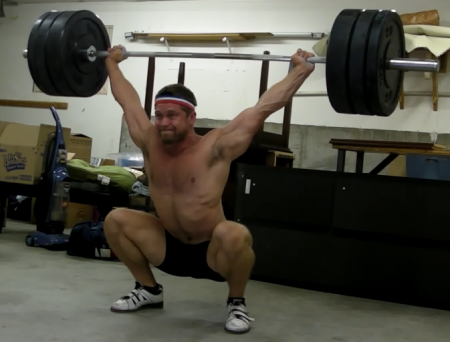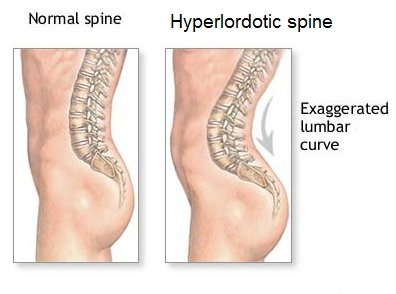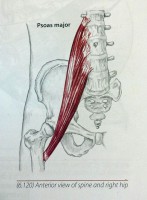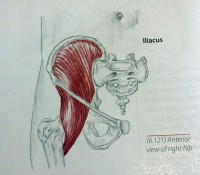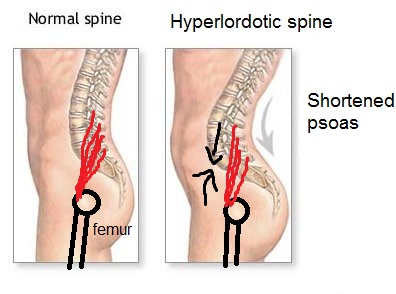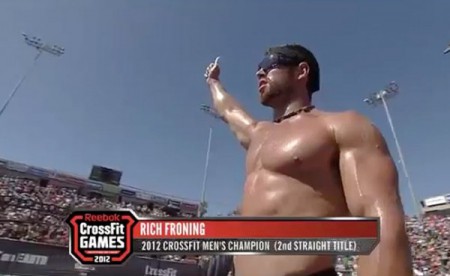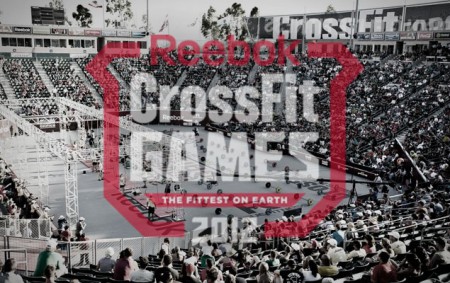I’ve been talking with a few people about this topic lately, and I figured I’d give my thoughts on it. The popularity of CrossFit has pushed more people into the realm of strength training. Powerlifting is incredibly accessible since most people are squatting, benching, and deadlifting in their program to get bigger and man-like (woman-like?), yet Olympic weightlifting is that girl across the room that you’re too afraid to approach.
In reality, she’d probably love to talk to you because she’s sick of hanging out with losers. Please, for the love of the old gods, follow this motto:
“Who dares wins”
— the motto of the UK and Aussie SAS, and also my pup Lily
If you’re bored with powerlifting, strength training, or CrossFit and want to give Olympic weightlifting a try, this is my recommendation on how to make the transition.
A Note
There are probably some Oly disciples that will disagree with these recommendations. Considering that I coach both raw powerlifting and Olympic weightlifting, I once made this transition myself, and I regularly counsel people on the transition, I think the recommendations are solid. I regularly see people accumulate nagging injuries when they don’t do something like this.
Ignore Sexiness
Wait, what? But I love sexy stuff! Jesus, that much is apparent. I know that there are cool Russians lifting many times a week. I know that there are cool Americans lifting frequently throughout the week, often going to max. I know they are so cool and sexy, it makes your teeth hurt. But ignore them. Look to them for inspiration, nothing more.
Emulating the frequency, intensity, programming, assistance lifts, complexes, or whatever of a more advanced lifter will not yield success to you. You literally have no idea of the context of anything that they are doing. Sure, a coach like Pendlay will kind of talk about those things, but it’s still hard to glean his program, structure, or strategy from his tidbits (and in reality, I don’t think he should detail his exact program for everyone to see). Ignore them. What they do does not apply to you. Yet.
Progression
“The journey of a thousand leagues begins with a single step.” — Lao Tzu
Start lighter. Incorporate the lifts with a consistent, steady progression. Do not begin by maxing out. In fact, you won’t even do the lifts more than twice a week. You’ll use non-Oly days to start incorporating motor pathways and strengthen musculature that will facilitate the Olympic lifts.
Chances are you are not a balanced lifter. Chances are that your mechanics support that of powerlifting. These things need to be addressed, and that’s why there are some exercises below that are not in a traditional Olympic weightlifting program. When you advance — in how you adapt to the stressors of Olympic weightlifting and are actually decently strong in the lifts — then your program will look like a more traditional weightlifting program. But right now, you are aiming to transition.
As for progressing the lifts themselves, you’ll only make incremental jumps when you do train them. Something like 5 or 2.5kg will work. As with any skill or strength development, the rate of progression will slow as you advance. Treat your Oly work as a linear progression for several weeks. After the initial “baby phase” is over, you’ll do one of the lifts at a “medium” intensity while the other is “progressed heavier”. That doesn’t mean you max out; just continue the steady progression.
The Template
Monday
Snatch
Clean and Jerk
Tuesday
High bar squat
Press*
Rows
Thursday
Snatch
Clean and Jerk
Friday
Front squat
Bench*
RDL
Elaborations on the Template
* People will whine about how the bench and press, are not specific to weightlifting. If you are weak — and you should know if you are — then just do them. No one wants to see a skinny fat 85kg male lifter go 80/100 while, as Brent says, high school football players easily out-bench him. None of you are going to the Olympics anyway, so get traditionally strong to compliment your future Oly prowess. If you are “strong”, then you could use push-press.
– Keep the rows. Having a jacked back is one of the coolest things ever. Sure, the Oly lifts will eventually get you there, but unless you’re running some test propionate, your back needs all the help it can get.
– Pull-ups or chin-ups can be thrown in on the “strength days”.
– Front or high bar squatting can be interchanged. Both are important; both will help. Just do them both. No, don’t do them on the Oly days just yet.
– RDLs can be done 2x/week if you want, but I’d have them be a bit lighter on one of the days. Banded good mornings are a good substitute for the lighter posterior chain work.
– I say that this template should be used for at least 4 weeks, but it should probably be used for about 3 months. It eases the joints into consistent Oly work, it improves mobility and mechanics, and it allows a progression on the O-lifts and vertical squat styles. You will feel like you can do more. It’s easier to prevent your dick from being driven into the ground than to pull it out (the female equivalent, as requested by the ladies at the Tucson seminar, is “burning your labia off”).
Rep Schemes
Snatch/CJ
The “baby phase” will have you working up to five singles on each of the lifts after you have warmed up with Pendlay’s teaching progression (google them, but they are on the Cal Strength website). This should last for several weeks. Then one lift will be medium while the other is progressed. “Medium” means at least 80% of a hypothetical max. Do 6 to 10 reps at this weight, preferably on a clock (1 minute for snatch, 90 seconds or 2 min for CJ). This will work on the whole “power development” thing and get you used to lifting with some fatigue on a clock (important for a) meets and b) not being a poon). The “heavier” lift will be pushed by the standard 5 or 2.5kg and hit for 3 to 5 singles. When 5 singles gets hard, just do 3ish. When 3 gets hard, just do 2. When you can only hit a top rep, aim to push it steadily every week. Eventually it won’t go up, but if you did this right you should have at least 2 or 3 months of this progression. At this point, you’ll graduate to a 3x/week program. No, you shouldn’t start doing 4, 5, or 9 training sessions a week.
Squats
If you came from powerlifting and you have been low barring, then do 3×5 or 3×6. You need reps with vertical style squatting to reinforce movement patterns, actively push your mobility ROM, and develop the musculature with the new mechanics. Think “heels” out of the bottom and control your descent. You can fall into the bottom of your high bar squats when you’re more experienced. That won’t be for at least a year unless you’re already high barring 500+ lbs. After the first 4 weeks, you can start doing triples on the squats if you want. Note that if you want muscular thighs, you should progress the 3×5 for as long as you can.
Other stuff
Don’t over complicate this stuff. Use a 3×5 set up, especially if you need strength and size. That goes for press, bench, rows, RDLs, or weighted pull-ups. If you’re using push-press, do sets of 2 or 3 reps. If you have crappy hamstring mobility, use higher rep sets of 8 to 10 reps (this will help in the “baby phase” if you are severely lacking hamstring musculature).
Mobbing
Note that regular and aggressive mobility work is implied at the beginning of all sessions. Always, always, always open up your anterior hip, external hip rotators, and ankles. Anterior hip stuff can be hit with anterior band distraction and couch stretch stuff (work on your psoas at night). The external hip rotators can be hit immediately before training with a lacrosse ball while the hip is in flexion (lying on your side). Use the “table top/pigeon stretch” after. Use banded distraction on the ankles. Most people with forward torso inclination on the snatch have shitty mobility in their thoracic spine. Lacrosse balling the t-spine and using “5 way shoulder” are good starting points. All of this shit has been mentioned on this website multiple times, but you’ll find it on MobilityWOD.
External Rotators
Some people still have crappy external rotation. Do the “band pulls” with a supinated grip after every session (3 sets of 12ish). Shirts are optional.
Thoughts
There you have it. It’s a very simple template with some simple guidelines that will help ease you into Olympic weightlifting activity. What happens to people that try to do too much? They accumulate injuries or excessive joint pain that can be debilitating to performance. Everyone is not me, but I wasn’t able to jerk over 120kg in training when I made the transition due to a mechanics issue (I would do 140kg in the first meet). I’ve seen people accumulate hip, knee, elbow, and shoulder issues from doing too much stuff too soon. I’ve written about this concept in FIT, and the two TM books, but when you are introducing a new activity, do so with a slow progression. Structures need to adapt.
The system also needs to adapt. High(er) frequency Olympic weightlifting training is very different than low frequency strength or powerlifting training. Don’t ignorantly jump into the former, because it won’t work as well. You’ll either develop a structural issue (which can happen as fast as two weeks or take as long as four weeks to materialize), or just reinforce awful habits with heavier weights. At the very least, the “Transitioning to Weightlifting” template above will allow you to learn about the lifts, get many quality reps, not develop a nagging injury, strengthen Oly specific motor pathways, and give you time to get some feedback (I’d start at the Pendlay forums). In other words, it’s a simple template that helps transition you into a weightlifter from a strength trainee, CrossFitter, or powerlifter. Post questions to the comments (but don’t over think this stuff).

